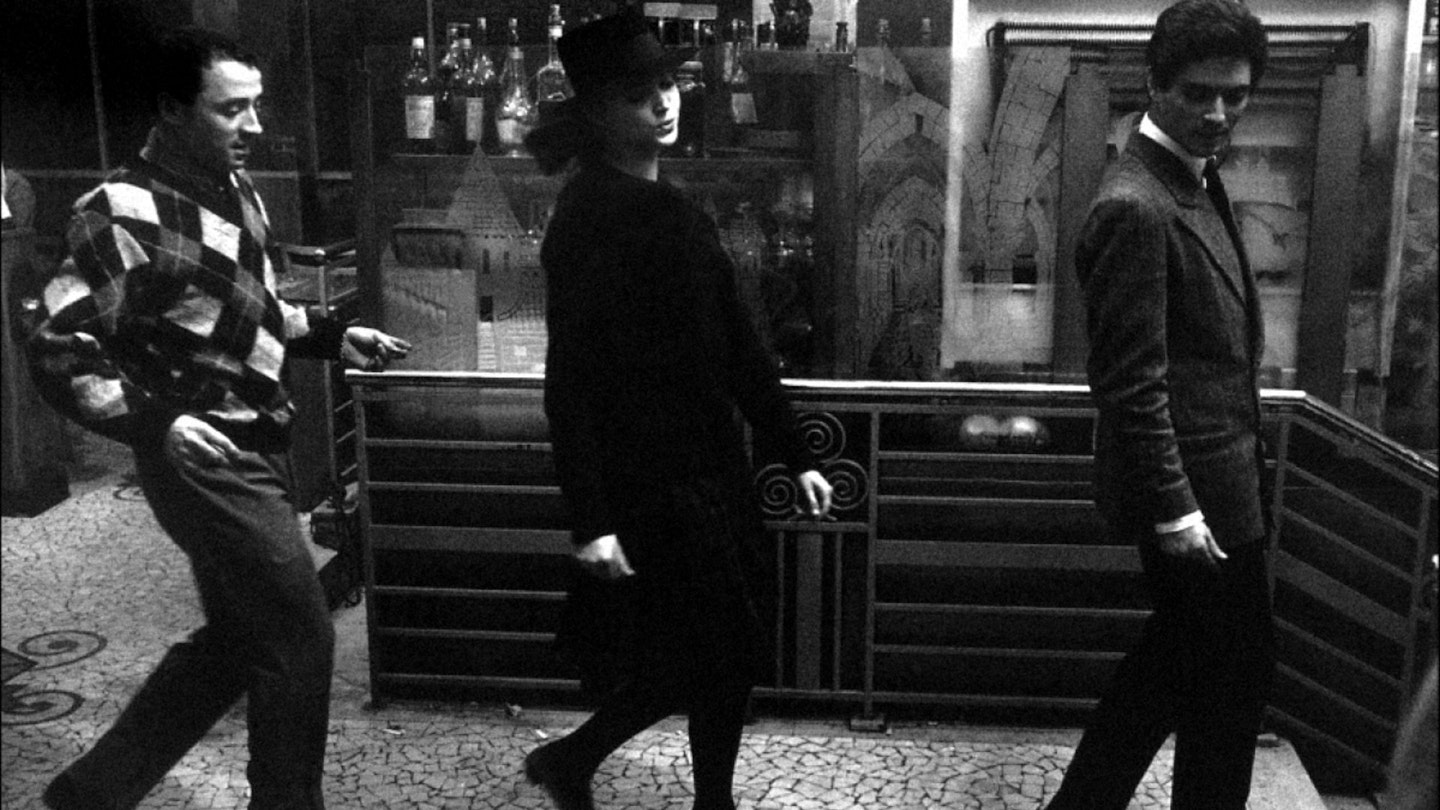The NFT launches its exhaustive retrospective of Jean-Luc Godard's ever-controversial, but never conventional, canon with this new print of his seventh feature. It's a curious choice, as its fame rests largely in prompting Tarantino to call his production company Band Apart. But this pastiche of the Hollywood crime thriller is as entertaining as it's inventive and, while not a patch on Francois Truffaut's Shoot The Piano Player, it is one of the most fascinating films of the late-New Wave.
Loosely based on Dolores and Bert Hitchens' pulp novel, Fool's Gold, this is far from a standard adaptation. Godard is more interested in such intangibles as youth, sexual attraction, boredom, the Americanisation of France and the unique atmosphere of Paris to bother with trivialities like narrative. But his main preoccupation is the untapped potential of cinema. All the stylistic gimmickry that characterised the Nouvelle Vague is present and correct. But rather than just extolling the virtues of film, he actively denounces its artistic cousins, which, while visually striking, lack cinema's energy and freedom. It's all about action and its presentation in a vibrant and original way.
Godard is so smitten with all things cinematic that he constantly draws your attention to them. In amidst the countless references to the Hollywood B movie, he toys with narrative conventions (inserting such asides as the cafe dance sequence), technology (removing background sound during the minute's silence), screen grammar (cutting according to the rhythms of Michel Legrand's score rather than the usual dramatic cues) and the proscenium illusion (using the film's noir voiceover to announce details of a colour "[Cinema]scope sequel"). Ultimately, this is Godard-lite. But it still contains more ideas than most directors can summon in a lifetime.
